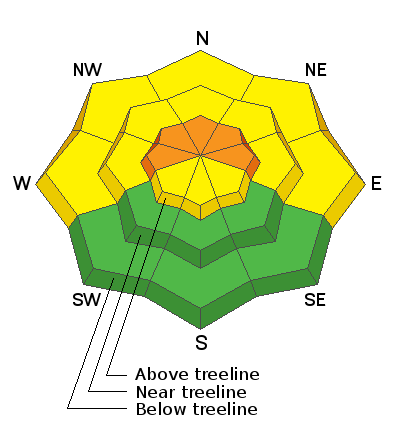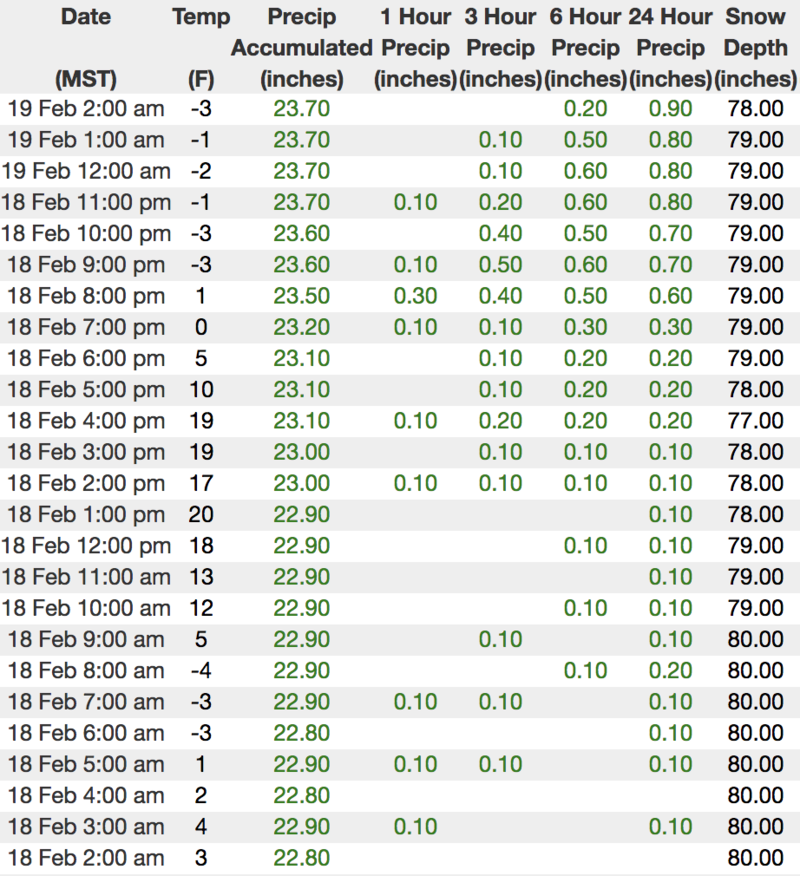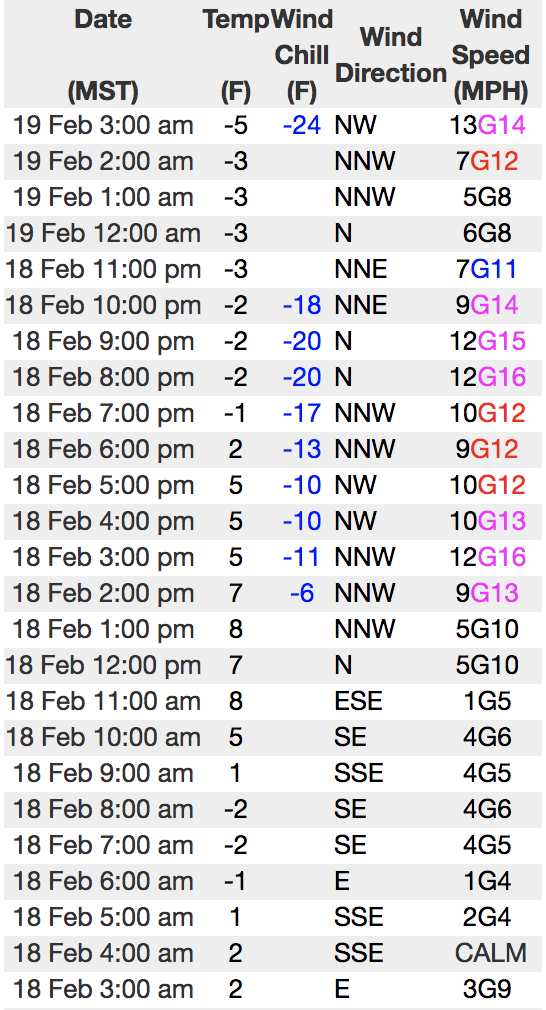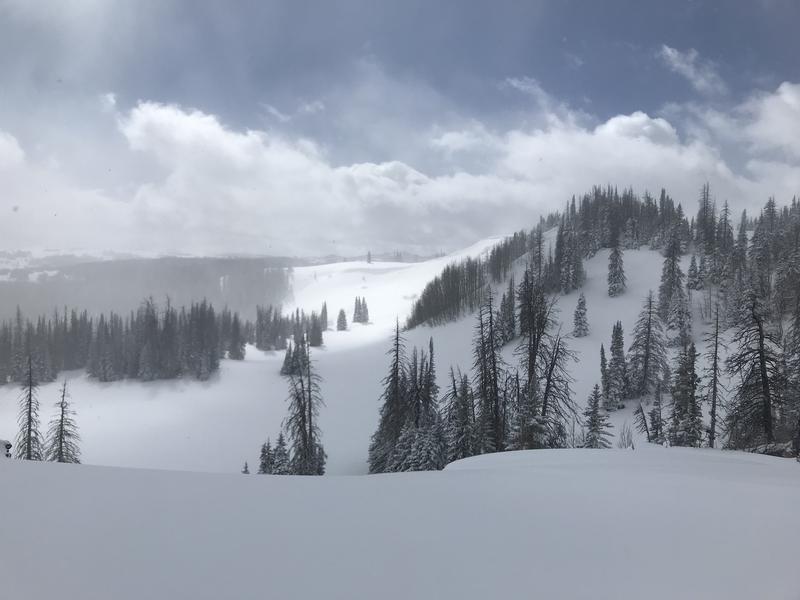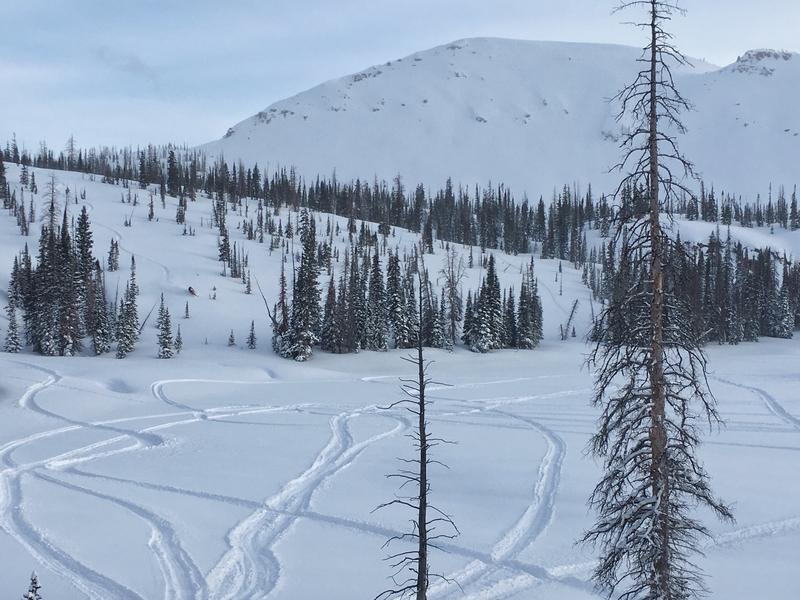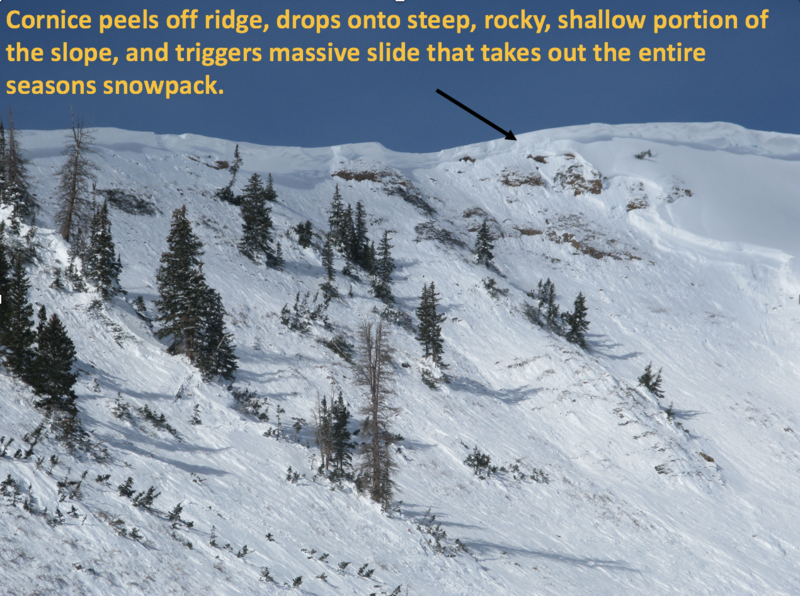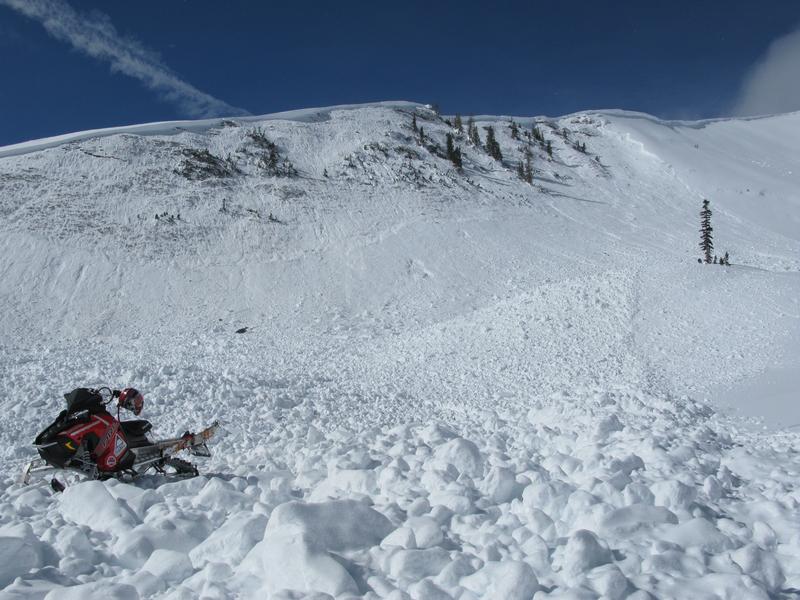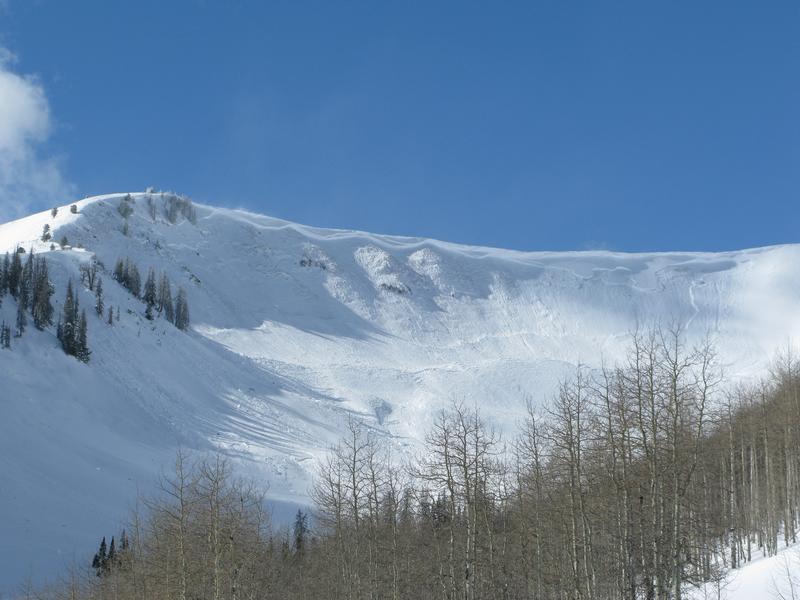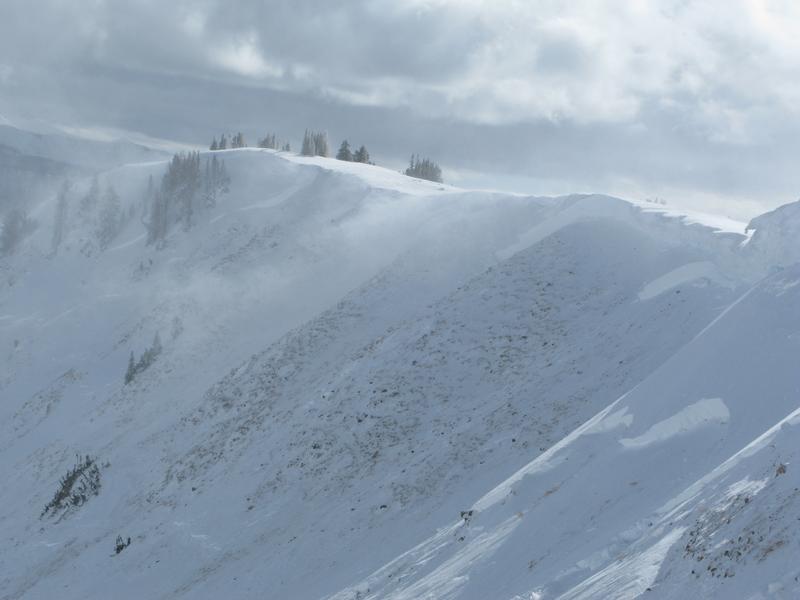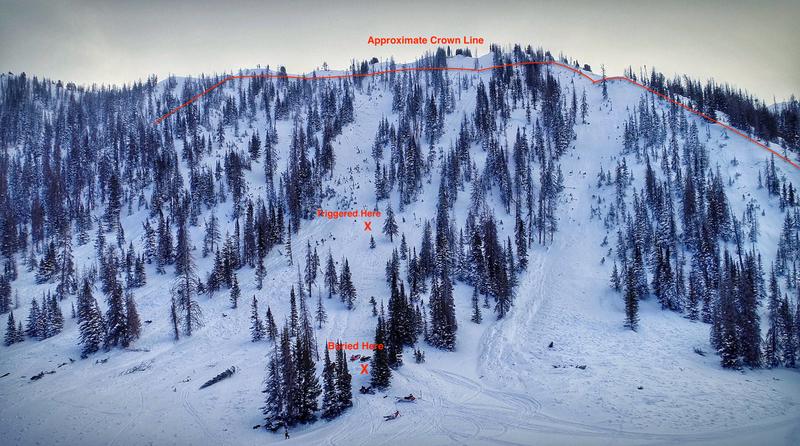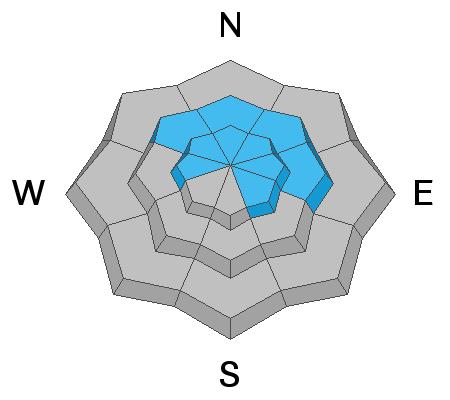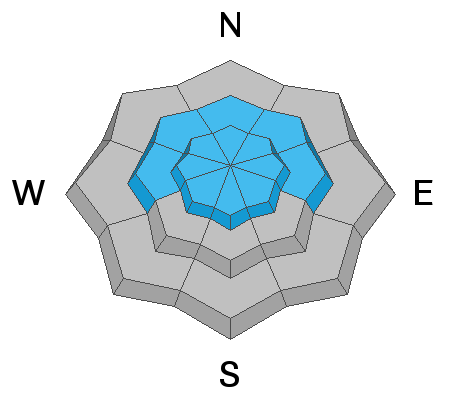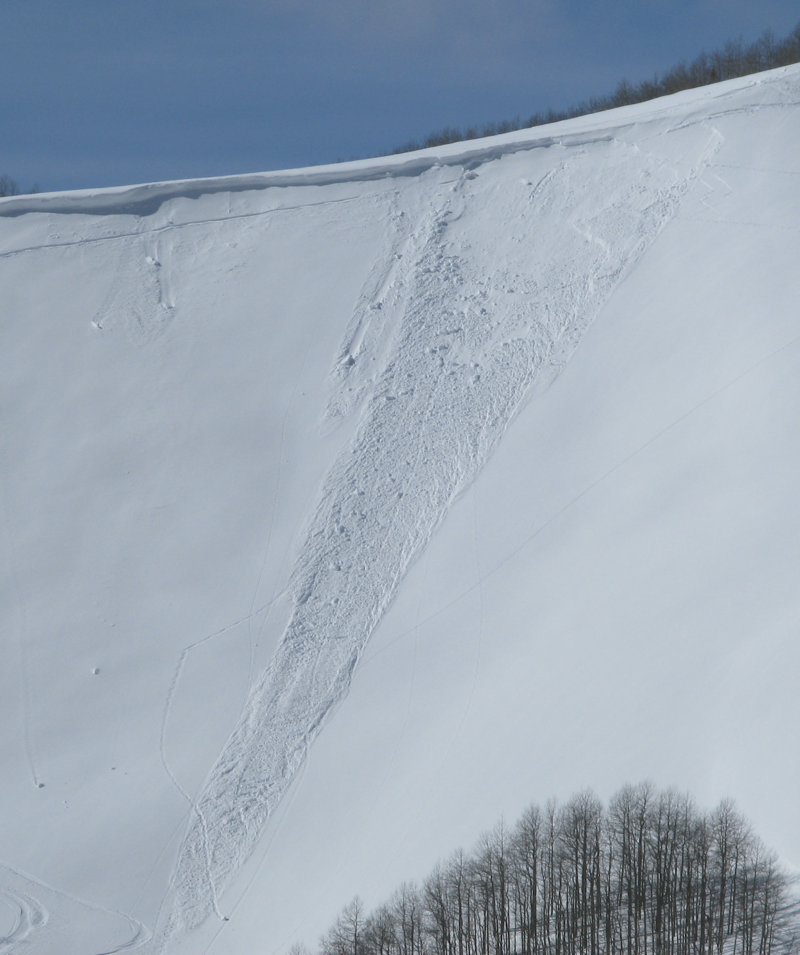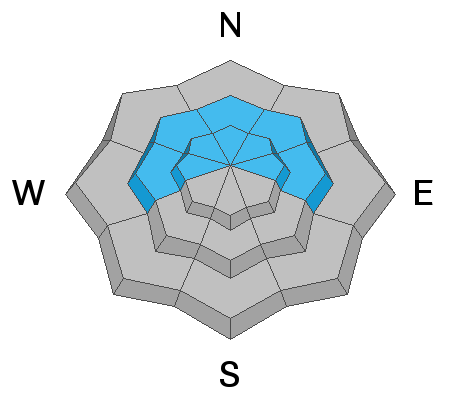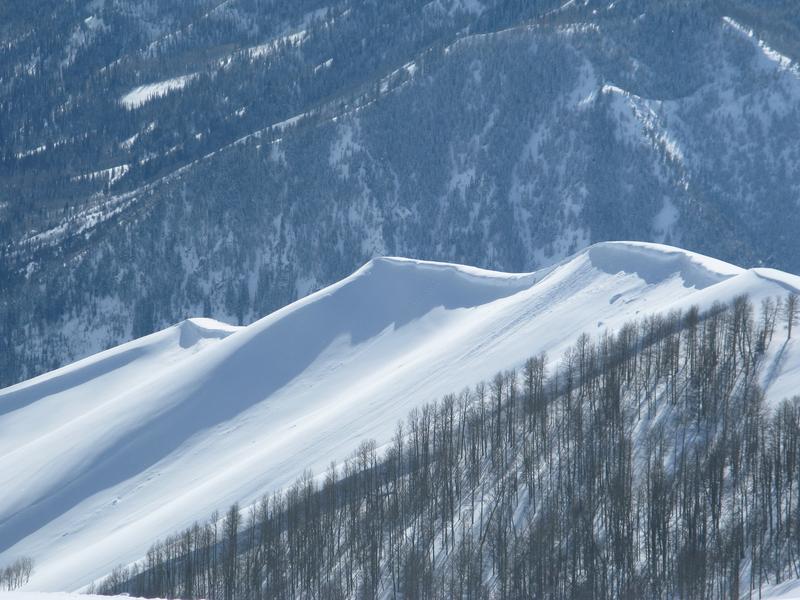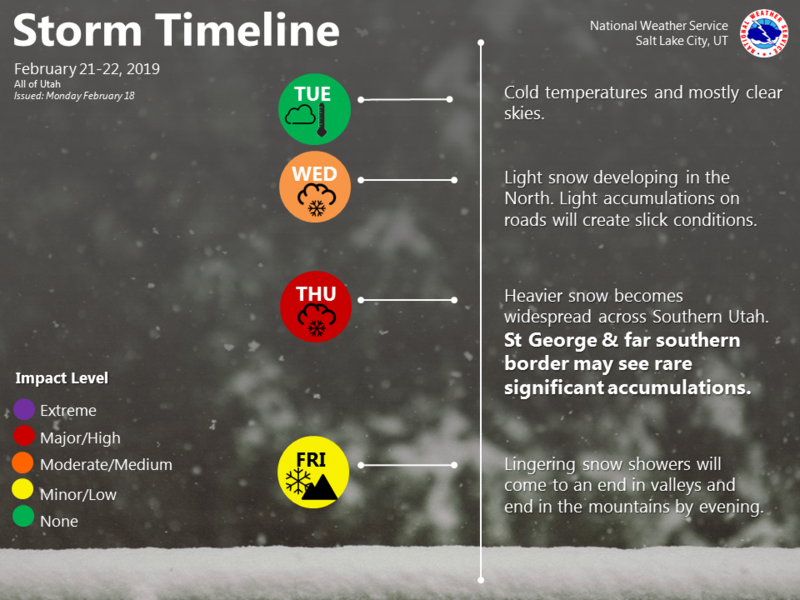The good news is... we've had so many avalanches recently, we're running out of snow to avalanche!
The bad news is... any steep, wind drifted, upper elevation slope has issues and it's a complex picture.
Here's what I know-
First- the range is fat and white and the snowpack is gonna feel really strong and supportable. As a matter of fact, we can ride many slopes without incident and think we're good to go.
Second- we have persistent weaknesses buried deep in the snowpack and they're slow to heal. This is the type of structure that is particularly dangerous because we don't even have to be on a steep slope in order to trigger a slide... we just need to be connected to it.
Third- steep, wind drifted terrain is particularly problematic, because today's avalanches could still potentially be triggered mid slope, low on the slope, or from a distance. All we need to do is collapse the slope (whoomph), and now we're staring down the barrel of a dangerous avalanche.
So how do we manage a complex snowpack with personality issues? Well, since it's sorta complicated and hard to understand, why not just avoid making it angry? Patience and avoidance.... that's the ticket! In the long run, it's a patience game and eventually we'll turn the corner towards a more stable snowpack.... give it time. In the short term, if we simply avoid steep, upper elevation wind drifted terrain, we can still have a blast and "high five" each other at the trailhead at the end of the day.
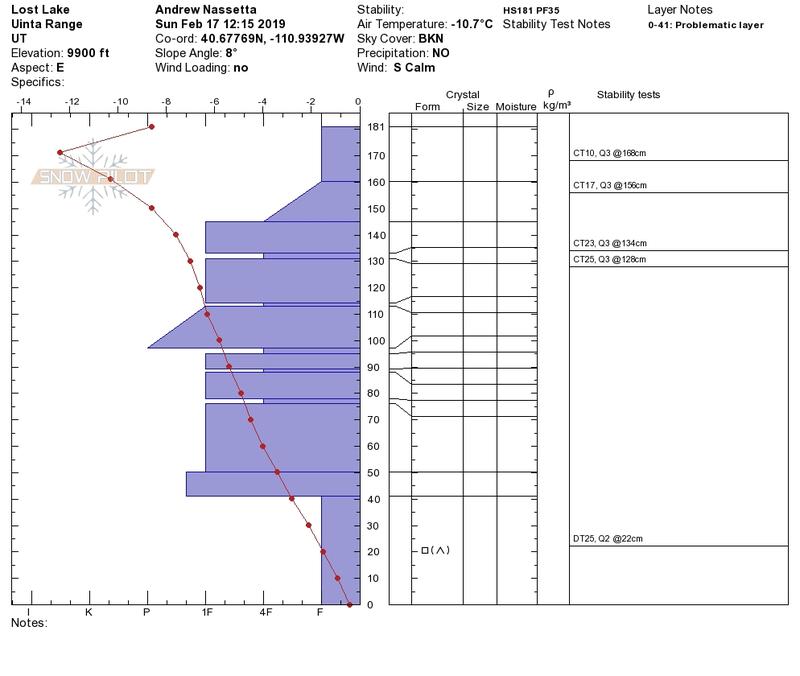
Andy and Bo were near Bald Mountain yesterday and had some great advice for managing our problem child.... "The take away from today was that the range is having a great season, and hopefully an even better spring. Until then we have to be patient and let the snowpack heal. Sometimes patience is difficult, but so is trying to outthink the snowpack. Here's the out: riding conditions continue to be stellar in protected terrain at mid to low elevations. This is where we can ski and ride in low angle terrain, boondock mellow trees and find the best snow while avoiding the persistent weak layers all together.
And from long time Uinta snow pro, ace snowpack and avy observer, and all round great dude... Johnny G says, "You really get a false sense of security when you are walking, skiing or sledding on such a supportable snowpack. Based on recent avalanches, what I have been seeing in my travels and what I have been seeing in my snowpits I don't think we are close to being out of the water. It's hard to not want to jump into steep terrain when there aren't a lot of visual signs to make you take a step back. Dig in the snow and see for yourself. Just read about the recent tragedies and close calls, it's sobering. Low angle is plenty fun right now, have fun and live another day. The forecast has been spot on, heed the warnings, the Uintas are sketchy right now. "

